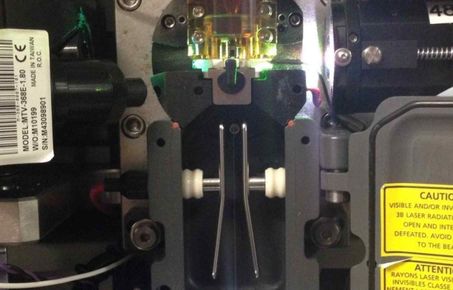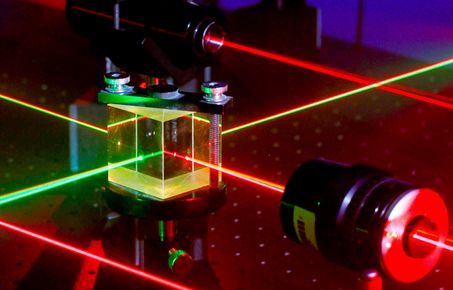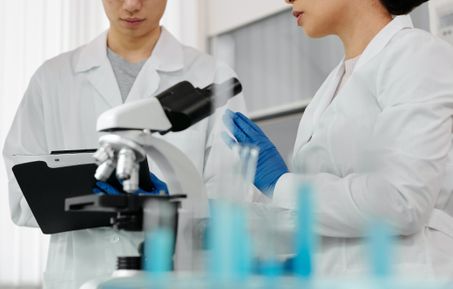Expand each of the subsections below for further information
Links to other pages in Flow Cytometry Facility
Postgraduate research
Interested in studying a PhD at the Department of Life Sciences? Find out more about postgraduate research opportunties.
Useful links for researchers

Useful links
General enquiries
Flow Cytometry Facility
South Kensington
Sir Alexander Fleming Building
Fifth Floor, Room 532
South Kensington Campus
Imperial College London
Exhibition Road
London SW7 2AZ, UK
flow@imperial.ac.uk
+44 (0)20 7594 5423


